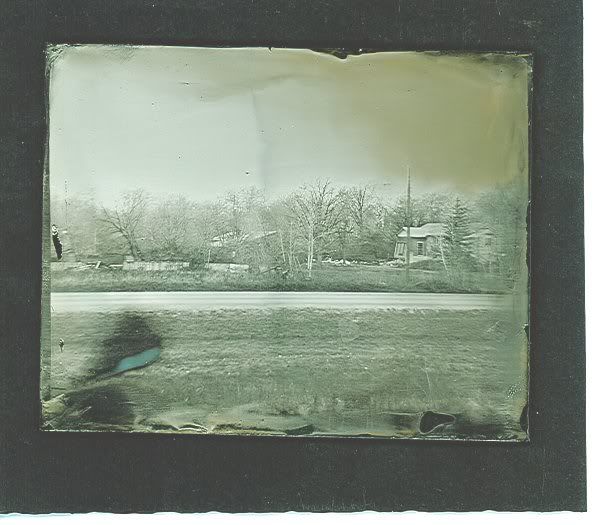After spending a small fortune to stock up on chemicals and rearranging the darkroom ("fume chamber"), I finally started doing some wet plate work. My first 3 tintypes were "a learning experience" but my next attempt, an ambrotype, came out not bad.
I need lots of practice but I think it's off to a good start!
"Photography from scratch" has a certain unique appeal to it - no factory made chemicals or compounds - everything cooked up in your own darkroom :-)






 Reply With Quote
Reply With Quote


Bookmarks